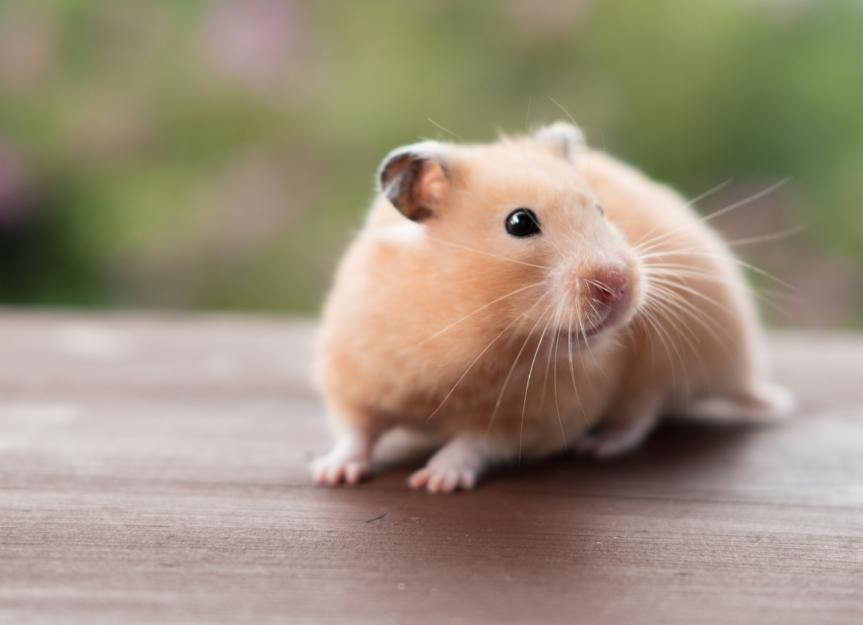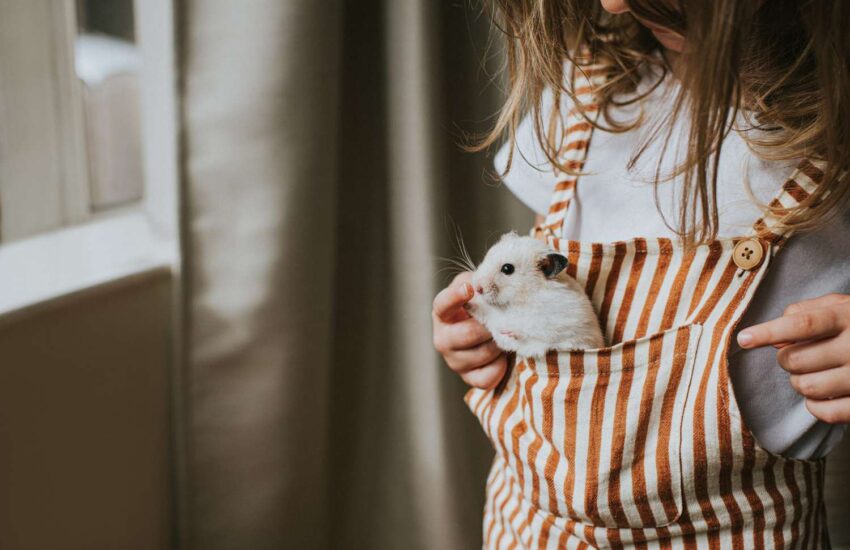Best Hamster Types for New Families
Hamsters make excellent pets for families, particularly those with children. They are small, relatively low-maintenance, and can be incredibly friendly. However, selecting the right **hamster type** is crucial for a harmonious pet experience. Each breed has unique characteristics, personality traits, and care requirements. In this article, we will explore the best types of hamsters suited for new families, highlighting their attributes and what makes them ideal companions.
Why Choose a Hamster?
Hamsters are often recommended as a first pet due to their manageable size and gentle demeanor. They do not require extensive space, making them suitable for small living areas. Moreover, hamsters are nocturnal, which can align with family schedules, allowing children to interact with them after school. Additionally, the care and feeding of hamsters involve relatively simple routines, making them ideal for families adopting their first pet.
Benefits of Hamsters as Family Pets
One of the significant benefits of **hamsters as family pets** is their ability to teach children responsibility. Feeding, cleaning their cages, and observing their behavior instill a great sense of duty in young ones. Hamsters are also interesting to watch and can provide hours of entertainment with their playful antics. Furthermore, because they are smaller, they are easier to handle than larger pets, such as dogs or cats, making interaction less intimidating for younger children.
Choosing the Right Breed
When looking for the best hamster types, understanding the breed’s characteristics is essential. Different **hamster breeds** have different levels of sociability, energy, and space requirements. Families should consider the time they can invest in play and interaction when choosing a breed. Some breeds thrive on social interaction, while others are more independent and need less handling.
Popular Hamster Breeds for Families
Several hamster breeds are particularly well-suited for families. Here’s a look at some of the most popular options along with their key characteristics.
Syrian Hamsters
Syrian hamsters, also known as golden hamsters, are one of the most popular choices for families. They are relatively large for hamsters and can be quite docile when handled gently. They enjoy human interaction and are typically friendly if socialized from a young age. One of the main things to remember is that Syrian hamsters are solitary creatures and should be housed alone. Their social nature is beneficial, providing children with a lively and interactive pet experience.

Dwarf Hamsters
Dwarf hamsters, which include breeds like the Roborovski and Campbell’s dwarf, are excellent for families that enjoy having a more interactive pet. These hamsters are smaller, more playful, and tend to be more social than Syrian hamsters. Dwarf hamsters can often be kept in pairs, which can be an enjoyable experience for children watching them interact. However, they do require a taller cage to accommodate their activity levels.
Winter White Hamsters
Winter White hamsters are another charming option for new families. They have a friendly disposition and can be easily socialized. Notably, they change color during the winter months, making them fascinating creatures for kids to observe. This breed usually bonds well with their owners and enjoys being handled, making them ideal for children learning how to care for pets.

Setting Up Your Hamster’s Habitat
Creating a comfortable and safe environment for your new pet is crucial for their well-being. A proper habitat not only ensures the hamster’s health but also positively affects their behavior and interaction with your family.
Choosing the Right Cage
When selecting a cage for your hamster, opt for one that provides ample space and ventilation. Wire cages are ideal for their minerals and ventilation, while glass tanks offer additional security. The minimum recommended cage size for a Syrian hamster is 24 x 12 inches, with higher walls for dwarf species. Remember to include containers for bedding, toys for stimulation, and hiding spots that encourage natural behaviors. It’s also vital to keep their habitat in a quiet area away from direct sunlight to reduce stress.
Essential Accessories for Hamsters
Accessories such as wheels, tunnels, and chew toys contribute significantly to a hamster’s happiness and health. A wheel allows for physical activity, and tunnels cater to their natural instincts for burrowing. Additionally, chew toys help keep their teeth naturally trimmed and promote dental health. Ensure each accessory is safe and appropriately sized for the type of hamster you own.

Caring for Your Hamster
Proper care is integral to a long and happy life for your hamster. Families should ensure they know their pet’s specific dietary and health needs and practice regular cleaning and handling routines.
Feeding Your Hamster
A balanced diet includes high-quality hamster pellets, fresh fruits, vegetables, and occasional treats. These creatures need access to fresh water daily; use a water bottle to prevent spills. For families, involving children in feeding time can be a fun activity that teaches them about nutrition and care responsibilities. Always consult a vet if you notice any dietary issues or health concerns.
Regular Health Check-Ups
Routine check-ups at a vet specializing in small animals are recommended to monitor your hamster’s health. Every six months, even if they appear healthy. Keep an eye out for signs of stress or illness, such as changes in eating habits, fur loss, or lethargy. Educating children about observing these signs can empower them with skills for responsible pet ownership.
Key Takeaways
- Hamsters make great family pets due to their manageable size and friendly nature.
- Popular choices for families include Syrian, Dwarf, and Winter White hamsters.
- Ensure a proper setup for their habitat with ample space and enjoyable accessories.
- A balanced diet and regular health check-ups are crucial for longevity.
FAQ
1. What is the best hamster for toddlers?
The **Syrian hamster** is often recommended for toddlers due to its larger size and gentle disposition, making it easier for young children to handle safely. Their relatively calm temperament allows for good interactions with kids, provided they are supervised to prevent dropping or squeezing the hamster.
2. Can Dwarf hamsters live together?
Yes, **Dwarf hamsters** can often live in pairs or small groups if they are introduced at a young age and from the same litter. However, it is essential to monitor any signs of aggression, as they can become territorial once they reach maturity. It’s also advisable to provide ample space and resources to reduce conflicts.
3. How often should I clean my hamster’s cage?
You should clean your hamster’s cage at least every week. This involves changing out all bedding material, cleaning food dishes, and removing uneaten food. A thorough cleaning prevents odors and keeps the hamsters healthy. It’s best to incorporate older children in this process so they can learn about maintaining a clean environment for pets.
4. How much space does a hamster need?
A minimum of 24 by 12 inches is recommended for a **Syrian hamster**, while Dwarf hamsters can thrive in slightly smaller cages but should still have multi-level habitats to climb and explore. A larger space promotes more interaction opportunities and aids in mental stimulation.
5. What kind of toys are suitable for hamsters?
Safe toys for hamsters include chew toys, tunnels, and wheels that are appropriate for their breed size. Look for toys made from non-toxic materials to ensure safety. Regularly changing their toys can provide mental stimulation and prevent boredom.
